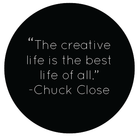|
Thank you Sam R. (5th period) for emailing and being our middlewoman! This is a great way for us to interact with other artists!
From Jeffrey Bennett Re: Class Questions Hey Sam, These are all really great questions! Below are your questions, followed by my responses. 1. How does Jeff Koons communicate his ideas and creativity with the team will realize his art? Jeff Koons is mostly a verbal person, and isn't very good at communicating his ideas visually. One might expect an artist to be able to draw, sketch, illustrate or even just doodle as a way to get their idea across. Not Jeff. I don't know if he can draw, and I've never seen a drawing that he's done himself. He mostly just describes what it is that he's trying to accomplish. From a practical point of view, often Jeff doesn't seem to have a clear or specific idea of what his art is supposed to look like, or what details are important. This can make it difficult to work with him, as one is often trying to guess at what it might be that he wants. He expects others (the studio assistants, artisans, craftsmen, engineers and fabricators he works with) to delve into his ideas and provide feedback that advances his process. Working with Jeff furthered my perception that his art is mostly about commerce and seduction. If you were to ask, "Is Jeff Koons an artist?", I would respond, "Yes. And his art is salesmanship." 2. Do you consider yourself an artist or a facilitator? This question gets at the very nature of what it means to be an artist. Is an artist someone who makes things? Or someone who comes up with the ideas that others execute? To be perfectly frank, I don't think about these issues while pursuing my professional work. When I am working with Ellsworth Kelly, there is no doubt who is the artist and who is the fabricator. In my experience, the best working relationships involve a great deal of sensitivity, and I guess are something like a good marriage. I just try to do the best I can to make the project be as good as it can be, and to leave my own ego out of the process. 3. How much or how little of a role do you take in the creative process? I find my work to be very creative, and in that way very satisfying. My role can vary from project to project. The best projects are ones where the artist has a clear vision of the final product, and the ability to make decisions along the way as the details come into focus. Typically, my company is involved in new work almost from the very conception. So I suppose the answer to your question is that my role in the creative process is substantial. A good analogy might be the relationship between a composer and the musicians that they work with. The musicians add elements of improvisation and interpretation that are integral to the composer's process. Neither the musicians nor the composer can succeed without the other. 4.What steps or what profession do you go into to have this role? Most of the people who succeed in the profession of art fabrication come at it obliquely. When I was in college, I never imagined that such a career even existed. By simply following my own interests and passions, I ended up with both an engineering degree and an art school education. That turns out to have been good preparation. The best advice that was given to me was to follow my interests, and to forget about degrees and credentials. That being said, success in this field requires a broad set of skills. Most people tend to be either "left brained" (i.e. rational, mathematical, scientific, etc.) or "right brained" (i.e. creative, emotional, expressive, etc.). Working as an art fabricator requires one to develop both sides of the brain. The right brain is necessary to communicate with the artist and to understand their vision; the left half is necessary for problem solving and getting things done. 5. What are you working on now? What was your favorite project? My favorite project is usually the one I am working on at the moment. At present, it's the "Fly's Eye Dome." The project involves the restoration of a structure that was created about thirty years ago by a visionary artist, engineer and inventor named Buckminster Fuller. Currently, we are preparing it for installation at an international art exposition in Toulouse, France this May. One of the things that is exciting for me about this project is that it spans across the worlds of art, architecture, design and invention. Attached are two images of the project. The first image is the designer with the original structure, taken in 1980. The second image is a computer rendering of the structure as it will look when installed in the medieval center of Toulouse, along the banks of the Garonne river. I hope the above is interesting for you and your classmates! Let me know what sort of feedback you get. Jeff
1 Comment
You absolutely MUST show up for one of these meetings to bubble in info for the AP Exam! April 22 @ 7:00pm April 24 @ 3:30pm
I love this artist! Creates a new composition from landscapes. Visit his site and take a look at what he's working on now with soles of shoes!
|
What's Up?Here, you will find announcements, clarifications, comments and concerns. I frequently post articles about artists, new art blogs, documentaries, and artists that I love! Check regularly as not to be left behind! Archives
June 2017
|
- Home
- Info
-
Projects
- What is art?
- Study Haikus
- Sports in Art History
- Tableaux Vivants
- Timeline
- Create a Podcast/Song >
- Create a Board Game
- Picasso Portraits
- Research Essay
- Storytelling with Music >
- Street Art Socratic Seminar
- Kandinsky Activity
- Greatest Artist Paper
- Museum Gallery
- Museum Visit
- Illuminated Letters >
- Match-maker Activity
- Global Art Dossier
- 250 List
-
Content
- Introduction
- Global Prehistory
- The Pacific
- Indigenous Americas
- The Near East
- Ancient Egypt
- Ancient Greece
- Ancient Etruria
- Ancient Rome
- Late Antiquity >
- Byzantine Art >
- Early Medieval >
- Islamic Art
- Romanesque
- Gothic Architecture
- 14th century Early Renaissance >
- 15th century Renaissance >
- High Renaissance and Mannerism
- Northern Renaissance
- Baroque
- New Spain in America
- Age of Enlightenment
- Early Modernism
- Modernism
- Contemporary Artists
- Africa
- China and Korea
- South and SE Asia
- Japan
- Global Art
- Ethics
- Study
- Educators Only
- Home
- Info
-
Projects
- What is art?
- Study Haikus
- Sports in Art History
- Tableaux Vivants
- Timeline
- Create a Podcast/Song >
- Create a Board Game
- Picasso Portraits
- Research Essay
- Storytelling with Music >
- Street Art Socratic Seminar
- Kandinsky Activity
- Greatest Artist Paper
- Museum Gallery
- Museum Visit
- Illuminated Letters >
- Match-maker Activity
- Global Art Dossier
- 250 List
-
Content
- Introduction
- Global Prehistory
- The Pacific
- Indigenous Americas
- The Near East
- Ancient Egypt
- Ancient Greece
- Ancient Etruria
- Ancient Rome
- Late Antiquity >
- Byzantine Art >
- Early Medieval >
- Islamic Art
- Romanesque
- Gothic Architecture
- 14th century Early Renaissance >
- 15th century Renaissance >
- High Renaissance and Mannerism
- Northern Renaissance
- Baroque
- New Spain in America
- Age of Enlightenment
- Early Modernism
- Modernism
- Contemporary Artists
- Africa
- China and Korea
- South and SE Asia
- Japan
- Global Art
- Ethics
- Study
- Educators Only


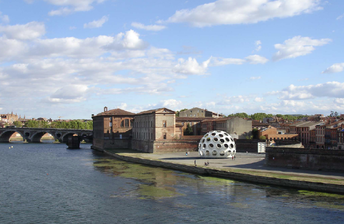


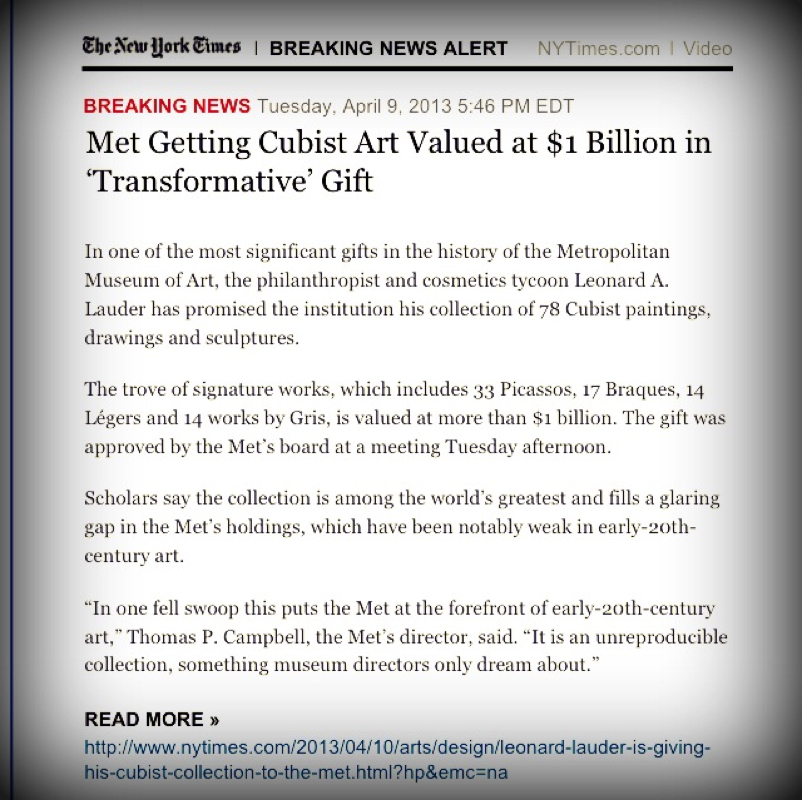

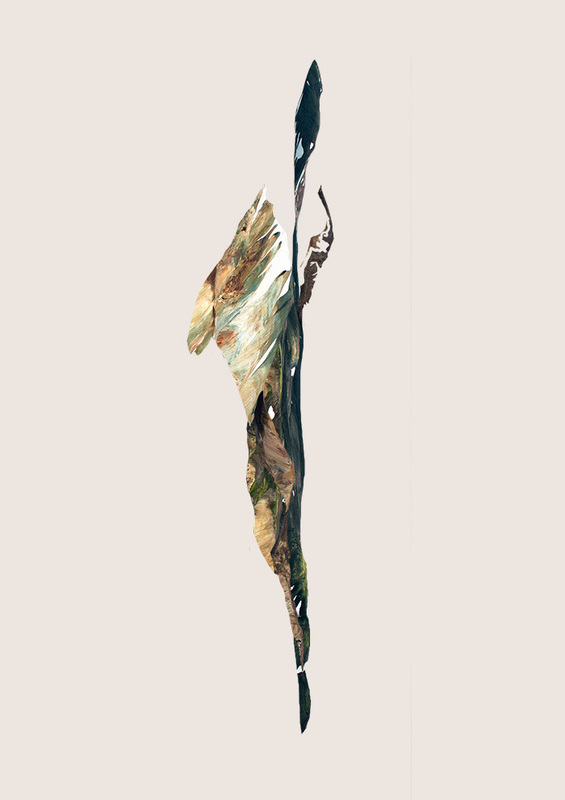
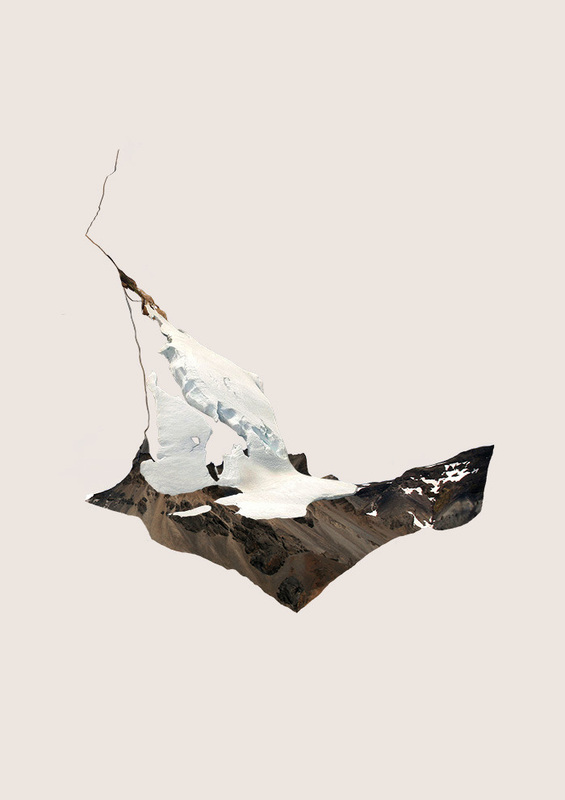
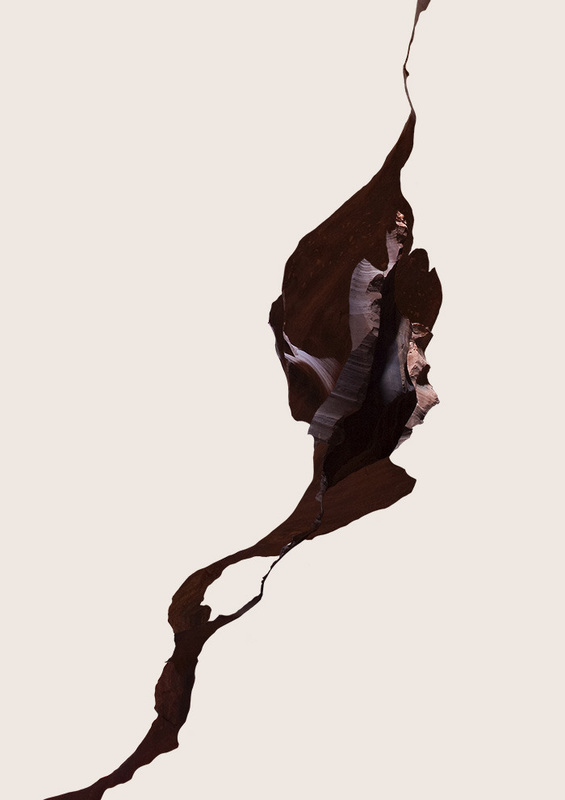
 RSS Feed
RSS Feed
